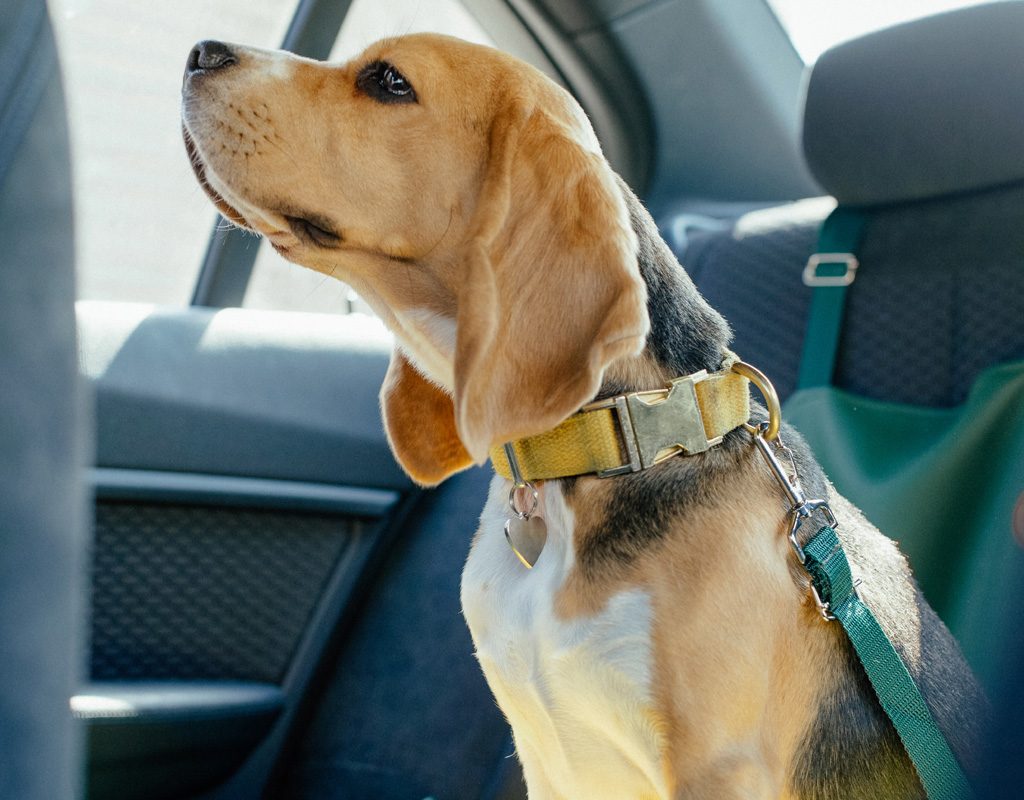There’s nothing quite as exciting as taking a long road trip with your best friend. When that friend is a dog, you need to do additional planning and research to make sure you both enjoy the experience. That includes plenty of stops for potty breaks and exercise, packing food for picnics, booking dog-friendly accommodations in advance for overnight stops, and selecting destinations like national parks or neighborhoods you can explore together. Since you’ll be spending a lot of time on the road, one of the biggest considerations is the type of vehicle you should use. If you normally drive an electric car, you will need to think twice before taking it on a long trip with your dog.
What to consider before taking a road trip in an EV
While research has shown that electric cars are better for the environment, there are disadvantages to taking them on long journeys.
Difficult to stay on schedule
The best strategy when traveling with your dog is to stick as close to a schedule as possible. This is challenging with an electric vehicle as the estimated mileage range will be affected by your driving style and weather conditions. If you drive fast, you’ll get fewer miles before having to charge the battery, and that’s not a simple top-up and back on the road. The length of time it takes to charge your battery will depend on the type of chargers you can find. The fastest chargers could have you back on the road in about an hour, while the slower ones could take up to eight hours.

Finding an electric car charger can be challenging
While you can use an app such as PlugShare to locate electric-car charging stations, you might be in for some surprises when you get there. For example, in a roadtripper.com review of an excursion along the California coast in an electric car, the report related a few setbacks that would prove especially challenging if traveling with a dog. Some of the chargers weren’t working, others weren’t compatible with the car, and drivers had to wait their turn to use a charger at some stations. When a dog is your passenger, you have the additional challenge of what to do while waiting for your car to charge. Unless you’re lucky enough to find a charging station in a dog-friendly neighborhood, you can’t head to a restaurant or visit a shopping mall.
Minimizing battery use doesn’t work when there’s a dog on board
One way experts recommend getting more range in an electric vehicle is by turning off the air conditioning. If you’re traveling with your dog during warmer months, this isn’t possible. According to the American Kennel Club (AKC), it doesn’t have to be extremely hot outside for your car to heat up. The inside of a vehicle in 70-degree weather can reach 100 degrees in just 20 minutes. And studies have shown that cracking a window doesn’t change these figures much. Driving below the speed limit is another tip for getting more mileage in an electric vehicle, but that also means getting to your destination will take longer. Many dogs get restless when spending too much time in the car, so driving at a slower speed isn’t ideal.

Motion sickness can be a problem in electric vehicles
The problem of motion sickness is discussed on several electric-car forums, including Tesla Forums and SpeakEV. It seems that the regenerative braking system in electric cars that causes a sudden stop-and-go motion can lead to travel sickness for passengers, especially those in the back seat. People aren’t the only ones to suffer from nausea while traveling. According to PetMD, motion sickness is most commonly seen in puppies, but adult dogs can also suffer. If you have a dog susceptible to travel sickness, why subject him to hours on the road in a car that might make him feel miserable?
Electric vehicles do benefit the environment and are terrific for shorter trips around the neighborhood. However, at the moment, it’s best to choose a fuel-based or hybrid vehicle when taking your dog on a long road trip. You’ll both enjoy smooth traveling with predictable stops before arriving safely at your destination.



